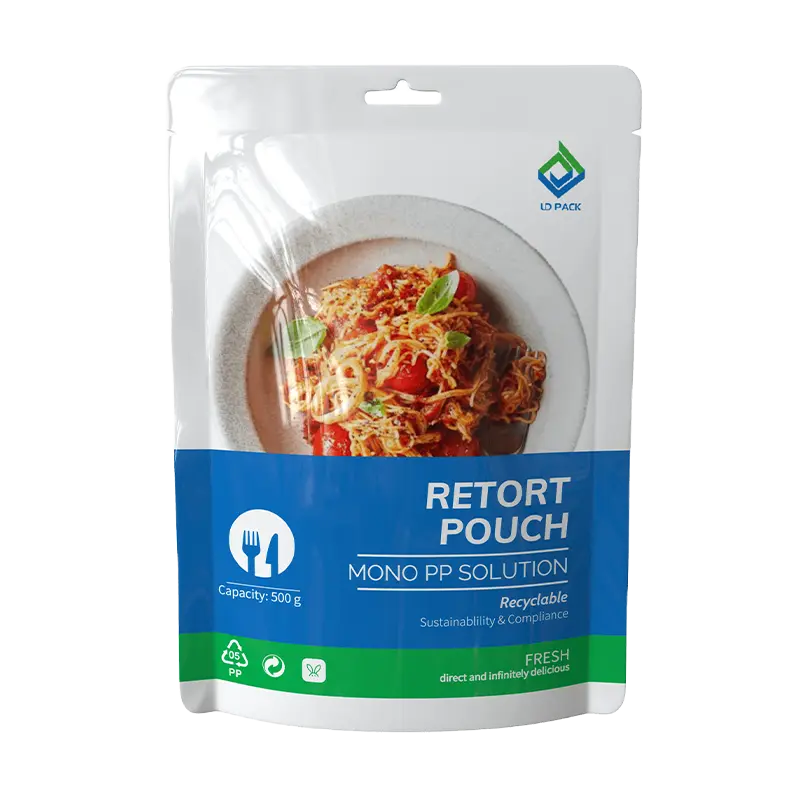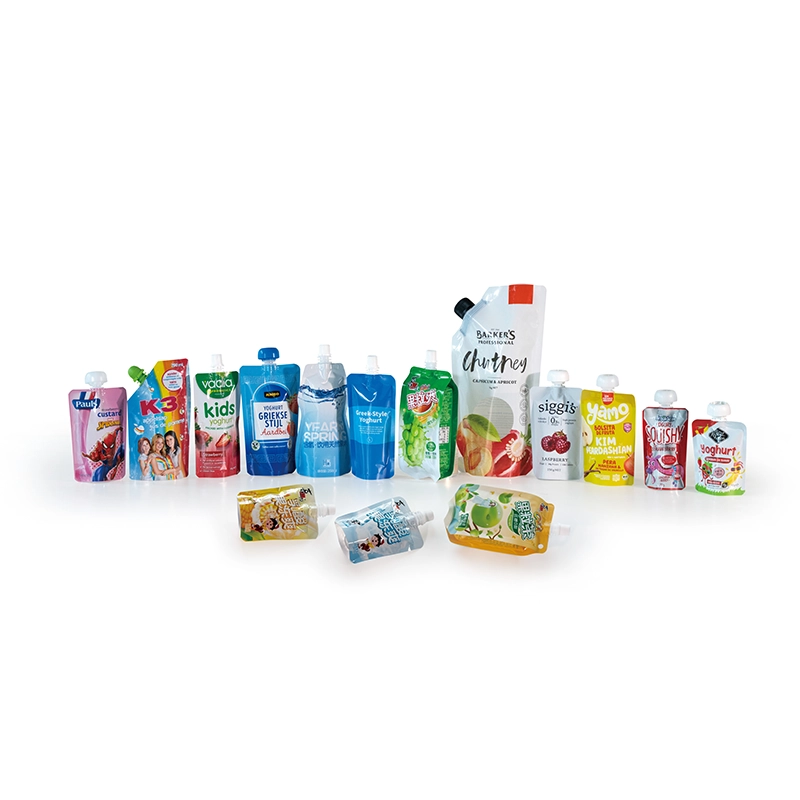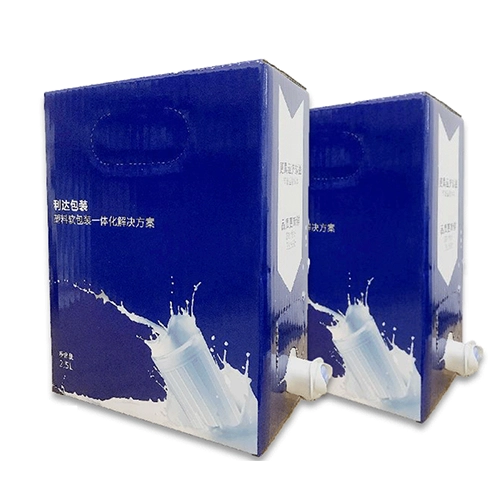2-Effect of Temperature & Humidity on Dry Lamination
As practitioners, they shall have a certain understanding of the influence of temperature and humidity on the entire process of dry lamination. Here’s a summarize to let everyone deepen the understanding of the influence of temperature and humidity on the dry lamination and improve the operator's attention.
"Temperature and humidity" as key control points of the dry laminating process, the control effect of different production workshops may be very different. Classified management and effective balance of temperature and humidity can eliminate the adverse effects and ensure the quality and stability of dry laminated products.
Temperature & Humidity of Processing Environment
Ambient temperature and humidity refer to the temperature and humidity of the space where the laminated equipment and materials are located. According to the operating habits and conventional product structure types, it is generally believed that the best range of the temperature is 18~26℃, while the relative humidity is 45%~60%, which are the most suitable conditions for the process, materials, equipment and operators. In the dry laminating line, far exceeding the suitable range of environmental conditions is the biggest concern, which will cause adverse impact on the finished product. For example, the film(e.g. Nylon) will be deformed due to the moisture and the performance of adhesive may be changed in the hot and humid environment. Moreover, the adhesive effect and coating effect will be also changed in the cold and dry environment. The sudden temperature change also affects the properties of laminated films, especially resulting in electrostatic hazard.
1. High Temperature & Low Humidity Conditions
It commonly appears in the northern summer. Although the air is relatively dry, it may also affect the process due to high temperature problems. For example, the solvent volatilizes too fast and can not be adjusted in time, the increased glue viscosity will affect the glue transfer and coating state, and even block the holes on the rollers, leading to the white spots on the lamination. In addition, the operator is easy to sweat, if you do not pay attention to, whether the sweat drops into the glue or the film, it will also affect the quality of laminated products. Under high temperature conditions, we need to pay more attention to the easy stretching and physical property changes of the film, and keep cooling facilities working properly.
2. Low Temperature & Low Humidity Conditions
It commonly appears in the northern winter. During this season, we need to pay more attention to the harm caused by static electricity since it is easy to cause fire. Under low temperature conditions, the glue viscosity will increase, the coating transfer and smoothing effect is not as good as the state of low viscosity. In addition, the activation energy of the glue and the material is insufficient, which is not conducive to improve the initial viscosity, and influence on the final laminated strength. In actual operation, in order to stabilize the quality, the material and the laminated rollers will be preheated, and the glue channel should be heated or the viscosity controller with heating function will be used.





